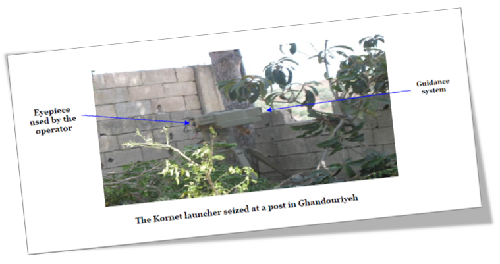Body Earth has an excellent blog post on the Health Risks of Low-Fat Milk
For years my family only drank low-fat milk. It’s supposed to help us keep our weight down and reduce the risk of heart disease, right? Wrong. In fact, reduced-fat milk can harm our health. We now steer clear of the stuff whenever possible.
[…]
We always drink whole milk and cream now (never ultra-pasteurized) from cows that eat grass. Whole milk is a wonderful food that comes with the fat needed to use the fat-soluble vitamins (A, D, E, and K) it contains.
Definitely worth reading. I always stuck with whole milk and avoided low-fat milk because the data that said whole milk was fattening seemed inconclusive to me. Obviously it had not been a problem in the past, so what had suddenly changed it to a high-risk food? Moreover, I recognized that fat is necessary for brain development and other healthy body requirements. Whole milk, with just 3.5% fat, seemed like a great and time-tested option.
I also have noticed that arguments for low-fat are severely lacking. Whole Food’s puts this example forward as evidence of something remarkable:
A recent study conducted by the New York Department of Health and Mental Hygiene has shown the dramatic impact that milk choices can have on intake of calories and fat. Over a 4-year period (2006-2009), the New York City Department of Education shifted it milk purchases over from whole milk and chocolate milk made from whole-milk or low-fat milk to fat-free milk (whether unflavored or chocolate). In other words, students in 5 city boroughs (Manhattan, Queens, Brooklyn, Staten Island, and the Bronx) were only able to purchase fat-free milks in school by the end of this 5 year period. As a result, the New York Department of Education ended up purchasing and serving 4.6 billion fewer calories from milk products and 422 million less grams of fat!
Dramatic impact to what? What does their meaningless statistic prove? They banned whole milk and then did basic math on the difference between milk types. This is like saying they switched from selling 2 pencils per student to selling 1 pencil per student, for 1,000 students, and…amazingly ended up selling 1,000 fewer pencils! They do not say anything about the health or behavior of those in the study. Did they buy less milk? Lose weight? Get better grades? Anything? If this is their best and only example, they must not have seen any positive results worth reporting.
My guess is Whole Foods sells low-fat because they know it is popular right now. My guess is also that Whole Foods did not actually read the study when they used it as an example (they also did not include it in their references). If they had, they might have noticed this caveat:
…no data were collected on total food consumption during the school day, so the effect of the milk switch on overall diet is unknown. Students might compensate for the averted calories/fat from milk by changing their consumption patterns.
Compare that with a doctoral thesis in Sweden by a nutritionist who found that children drinking whole milk more than once a day had a lower body mass index than those who did not drink, or rarely drank, milk.
Maybe this tells us that children who drink a lot of milk also lead a more active lifestyle, or it is served to them along with healthier foods compared with the other kids, but at least the study tries to explain results with a measurable benefit instead of meaningless numbers.
The Soviet Union was famous for pushing meaningless calculations around. I had an economics professor once who had studied real cases where success was measured on output without factoring input. It had led to all kinds of absurd attempts to cheat and manipulate the measures. If a factory was measured on area output, the input would be spread as thinly as possible. If they were measured by weight, the input was collected into small and dense areas. Take the production of glass windows, for example. All the windows either were so thin they immediately broke or they were so thick they did not fit the frames.
From what I can tell, based on measures and studies so far, whole milk is still the safest, healthiest and best-tasting option. That is why I avoid low-fat milk.
